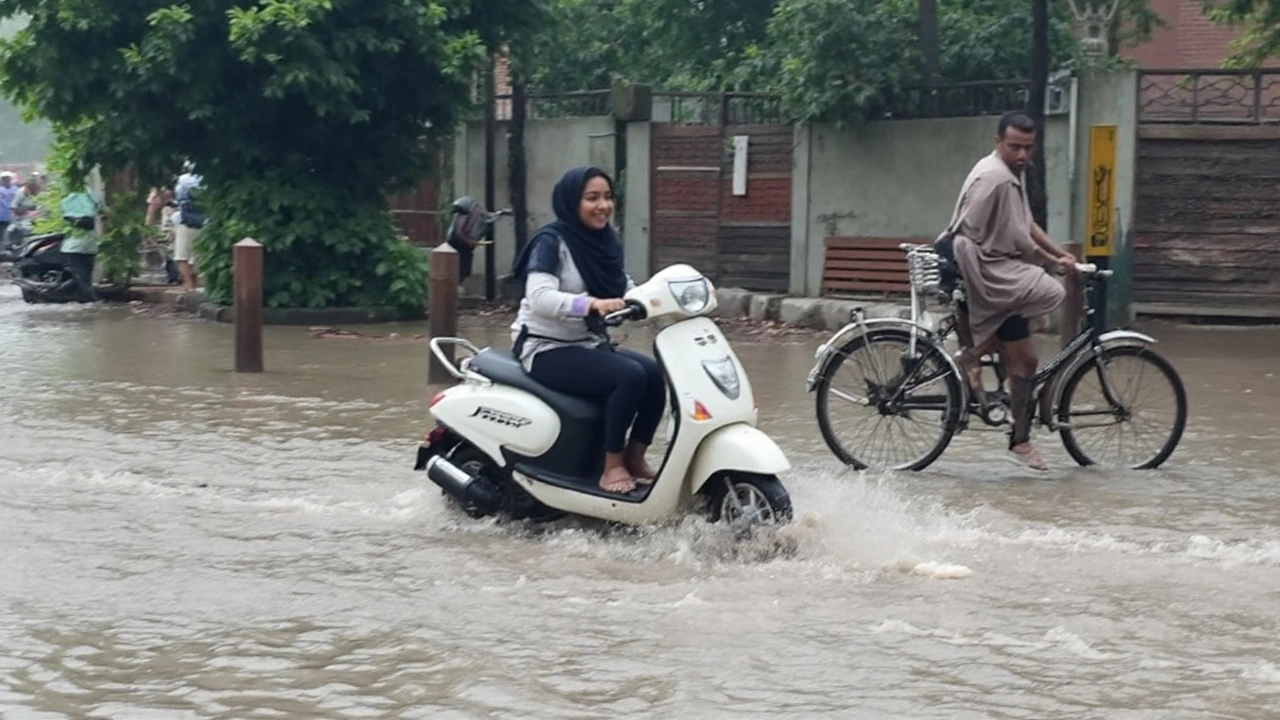Landslide Risk: Spot the Signs and Stay Safe
Whenever heavy rain hits hilly areas, the ground can give way in an instant. From the PNG tragedy that claimed hundreds of lives to recent cloudbursts in Uttarakhand, landslides are real threats that anyone living near slopes should understand. Knowing the warning signs and taking a few practical steps can make the difference between safety and disaster.
What Triggers a Landslide?
Most landslides start because water overloads the soil. When a storm dumps inches of rain, the ground becomes saturated, loses grip, and slides downhill. Add steep terrain, loose soil, or human activity like mining or construction, and the risk spikes. Climate change is pushing more intense rain events, so the pattern you saw a few years ago may become the new normal.
Early Warning Signs to Watch
Look for cracks in the road or on building walls – they often signal ground movement. Muddy water leaking from cliffs, fresh gullies forming after rain, or trees that suddenly tilt are all red flags. In villages, locals usually notice a change in the sound of the wind or a sudden rumble before the earth gives way. If you hear any of these, act fast.
Authorities usually issue alerts when rainfall exceeds certain thresholds. In India, the IMD’s red or orange alerts for heavy rain often precede landslide warnings. Keep an eye on local news and community bulletins, especially during the monsoon season.
Simple Steps to Reduce Your Risk
1. Stay Informed: Subscribe to weather alerts on your phone. When a red alert hits, plan early evacuation routes.
2. Secure Your Home: Clear drainage gutters, avoid building on the toe of a slope, and reinforce foundations if you’re in a high‑risk zone.
3. Plan an Exit: Know the nearest safe road, have a bag ready with essentials (water, meds, documents), and practice a quick evacuation drill with your family.
4. Community Watch: Join local groups that share real‑time updates. Neighbors can spot a crack in a retaining wall that you might miss.
5. Support Sustainable Practices: Advocate for responsible mining and construction policies. Reducing deforestation helps keep soil stable.
When a Landslide Hits
If you’re caught in a slide, move to higher ground immediately. Do not try to cross a debris‑blocked road; it could collapse under additional weight. If you’re trapped, shout for help, tap surfaces with a hard object, and stay low to avoid falling rocks.
After the event, stay away from the slide zone until officials declare it safe. Even after the ground settles, hidden cracks can cause secondary slides.
Remember, landslide risk isn’t just a remote danger – it’s something that can affect anyone living near hills, valleys, or riverbanks. By staying aware, listening to alerts, and taking simple precautionary steps, you can protect yourself, your family, and your community from the sudden shock of a slope failure.

IMD expects above-average September rainfall in Jammu & Kashmir, with warnings for flash floods and landslides. Mountain slopes are already saturated, raising risks along key highways and river basins. Authorities are advising caution for travelers, farmers, and tourists as the monsoon persists into the month.
